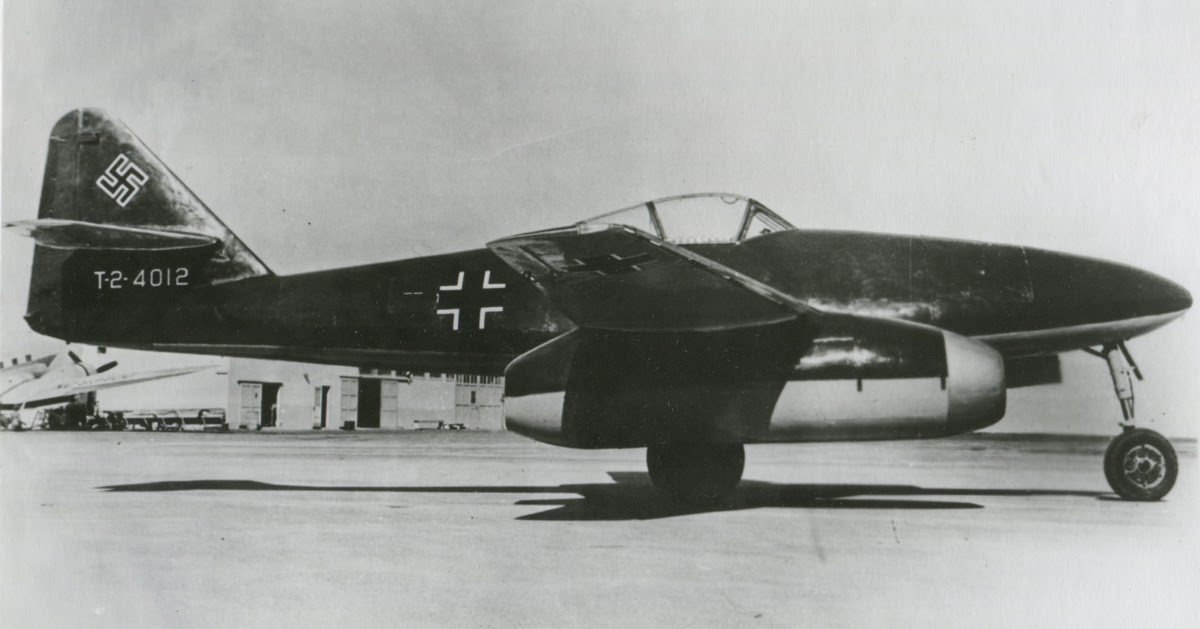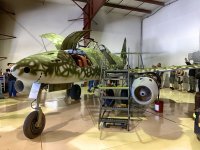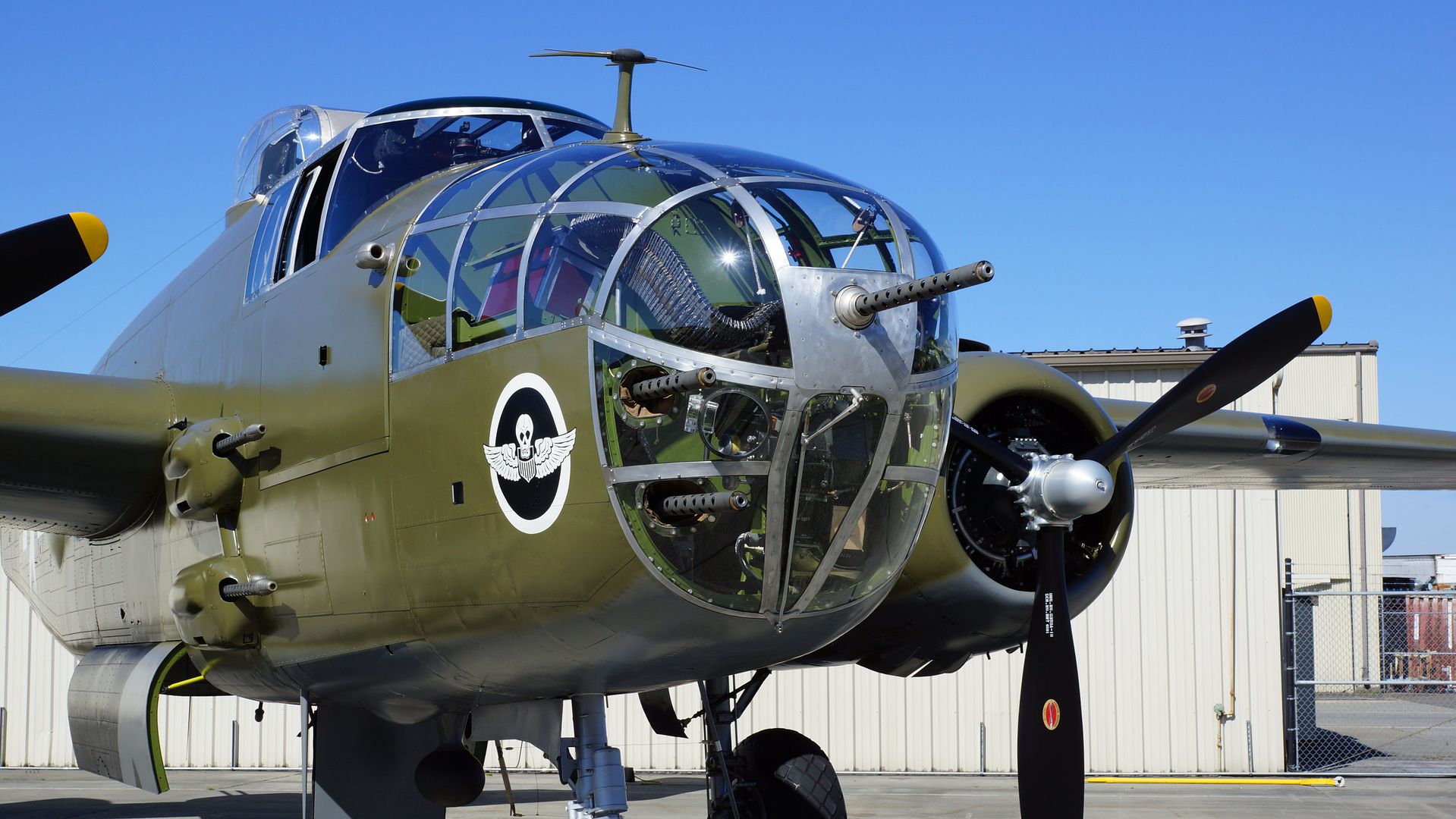Bomber_12th
SOH-CM-2025
This was filmed this past Saturday at the Flying Heritage & Combat Armor Museum's Me-262 "Sneak Peak" event, about the restoration and up-coming first flights. This is the only original Me-262 in private hands, and the only original that is operational. This presentation includes a discussion about the restoration by senior project manager Jason Muszala along with a question and answer portion with Jason, Steve Hinton and Tim Morgan.
Test flying is anticipated to begin later this year or very early in the coming year. Test flying will be performed at Moses Lake, WA, with 10-15 test flights expected to be required before they are satisfied with moving the aircraft to the FHCAM home base of Paine Field in Everett, WA, where, depending on how things go, the aircraft will continue to be operated on a limited basis (as is the case with all of the FHCAM aircraft that fly). The newly-manufactured Jumo 004 engines, built to the same design but using proper metals, have an estimated life expectancy of over 300-hrs before overhaul (compared to just 25-hrs with the original WWII-manufactured engines).
Note toward the end of this video, someone asks about the He-111 behind where everyone is seated, and being another of the FHCAM projects, they are clearly not at liberty to discuss it yet (in the past, the FHC/FHCAM has been very secretive about the aircraft they have under restoration, but that has changed a bit lately). The presentation was held at the Arlington Airport where the final portion of the Me-262 restoration has been taking place, but it is also where some of the other FHCAM projects have been housed.
Test flying is anticipated to begin later this year or very early in the coming year. Test flying will be performed at Moses Lake, WA, with 10-15 test flights expected to be required before they are satisfied with moving the aircraft to the FHCAM home base of Paine Field in Everett, WA, where, depending on how things go, the aircraft will continue to be operated on a limited basis (as is the case with all of the FHCAM aircraft that fly). The newly-manufactured Jumo 004 engines, built to the same design but using proper metals, have an estimated life expectancy of over 300-hrs before overhaul (compared to just 25-hrs with the original WWII-manufactured engines).
Note toward the end of this video, someone asks about the He-111 behind where everyone is seated, and being another of the FHCAM projects, they are clearly not at liberty to discuss it yet (in the past, the FHC/FHCAM has been very secretive about the aircraft they have under restoration, but that has changed a bit lately). The presentation was held at the Arlington Airport where the final portion of the Me-262 restoration has been taking place, but it is also where some of the other FHCAM projects have been housed.

















